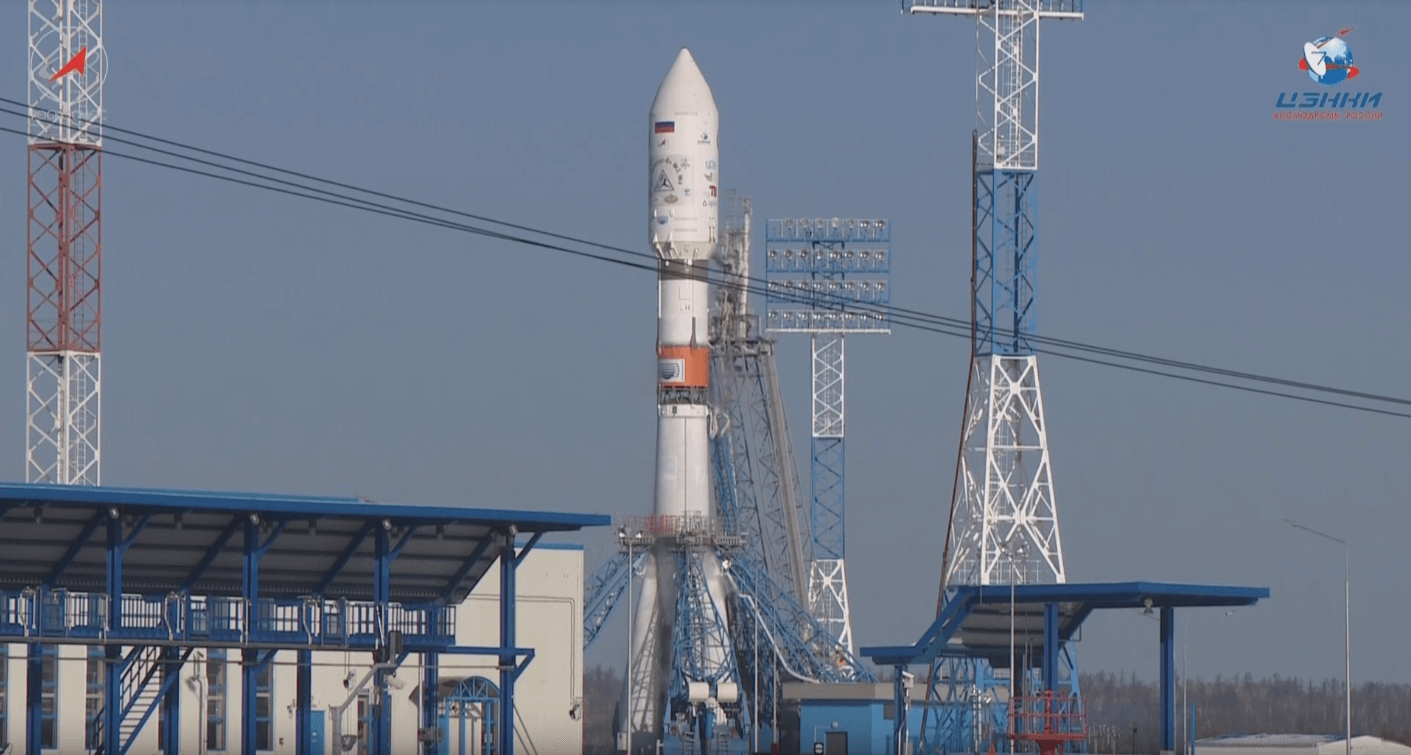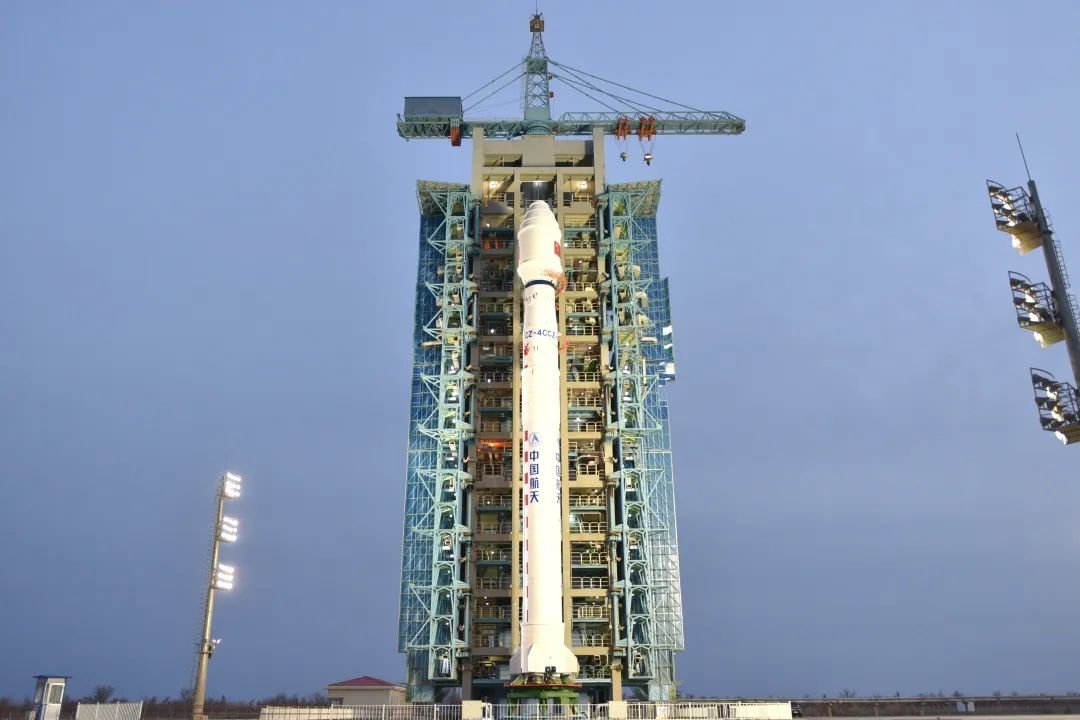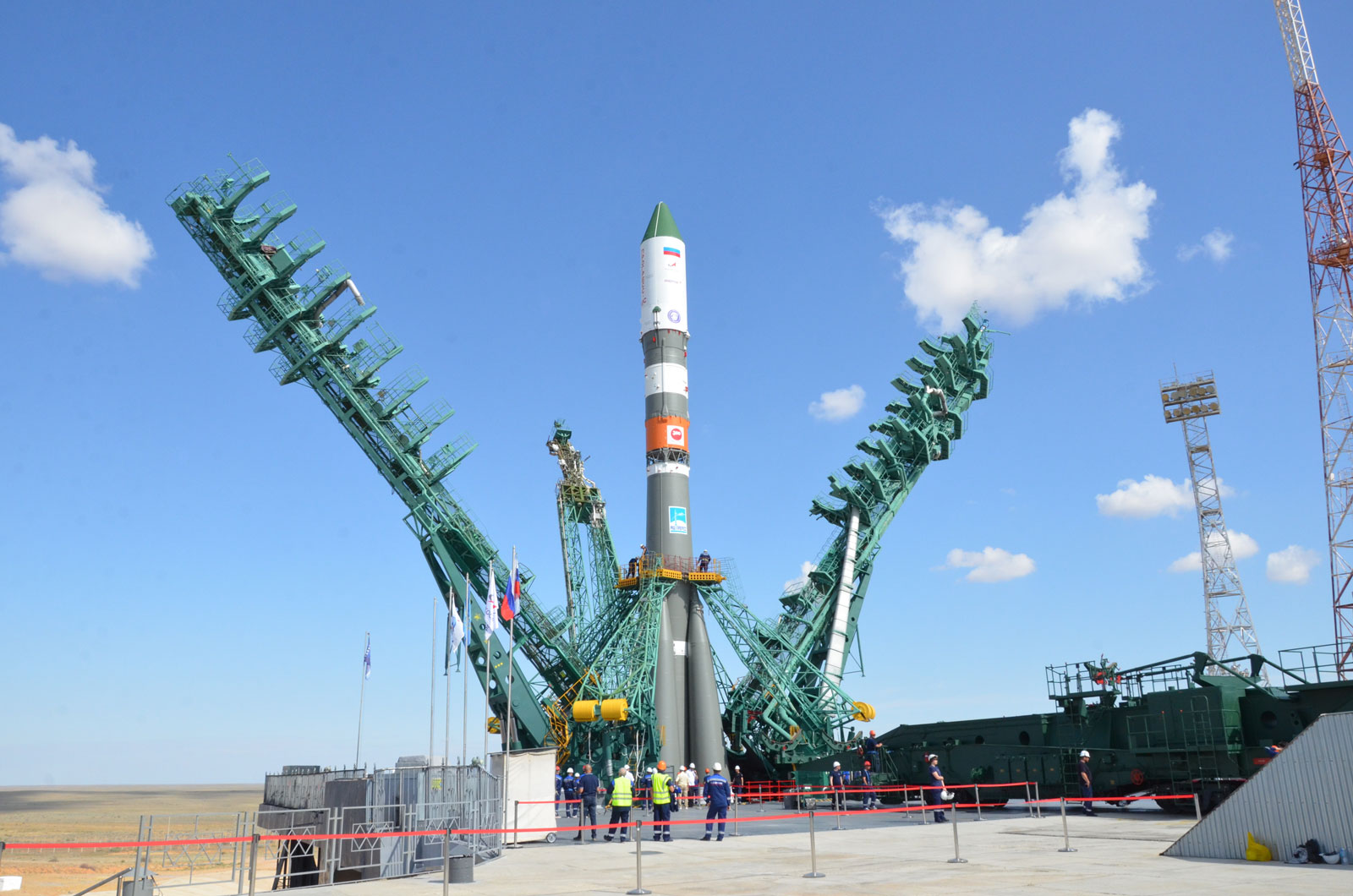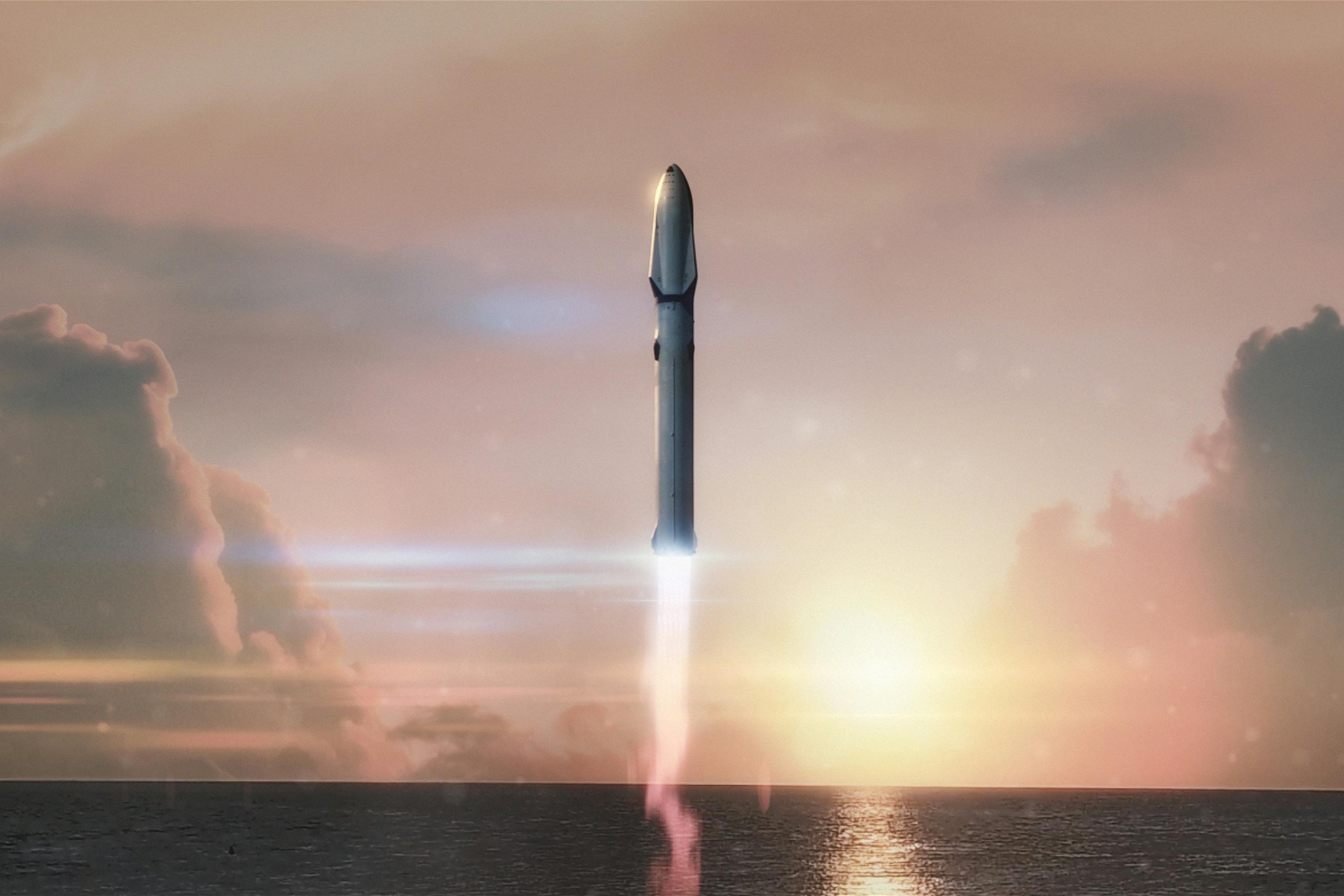· space brief · 5 min read
Space Brief 18 Nov 2024
Today's brief highlights a Starlink satellite launch, an OpTech optical sensor contract for the Space Force, and a unique STEM experiment involving space-flown seeds.

📄Top Stories
In a significant development, the Space Force has engaged OpTech for a $4.5 million optical sensor payload. SpaceX is preparing to launch 20 Starlink satellites from California. Also, a unique STEM experiment will soon plant space-flown Choctaw Nation seeds. Meanwhile, insights into noise levels from SpaceX launches reveal differences with other rockets.
📰Detailed Coverage
Space Force Awards OpTech $4.5 Million for Optical Sensors
The U.S. Space Force has contracted with OpTech to develop a high-performance optical sensor payload worth $4.5 million. This technology is slated for deployment aboard an Impulse Space vehicle as part of the Space Force’s Victus Surgo mission, scheduled for 2026. The payload aims to enhance space situational awareness, a critical capability in the increasingly congested orbital environment.
This announcement underscores the growing emphasis on sophisticated surveillance systems to ensure national security in space. Such enhancements are crucial for satellite tracking applications, including those offered by our web app, facilitating improved data integration and object monitoring in Earth’s orbit.
Read the full story: SpaceNews
SpaceX Prepares to Launch 20 Starlink Satellites
SpaceX is readying for its upcoming launch of 20 Starlink satellites, set to lift off from California’s Vandenberg Space Force Base. This launch, scheduled for the early hours of November 18, continues SpaceX’s mission to expand its global internet coverage network, enhancing connectivity in remote and underserved regions.
The deployment of these additional satellites is part of SpaceX’s ambitious plan to provide low-latency, high-speed internet worldwide. The ongoing expansion of the Starlink constellation represents a significant increase in orbital infrastructure, making satellite tracking tools ever more essential for managing space traffic.
Read the full story: Space.com
How Loud are the Launches? New Study Measures SpaceX’s Acoustic Levels
A recent study has unveiled the true sound levels generated by SpaceX’s Starship during its initial launch, drawing comparisons with NASA’s Space Launch System (SLS) and the Falcon 9. Conducted following the April 2023 launch of Starship, this analysis provides crucial insights into acoustic impacts, which are important for addressing environmental concerns and mitigating noise pollution near launch sites.
The study highlights that while the Falcon 9 and SLS share similar sound profiles, Starship presents higher acoustic levels, likely due to its larger thrusters and different launch dynamics. Understanding these differences aids in the refinement of launch protocols and environmental compliance, key considerations for future missions.
Read the full story: NASASpaceFlight.com
Space-Flown Seeds: A Unique STEM Experiment with Choctaw Nation
An intriguing STEM experiment is set to take place as heirloom seeds from the Choctaw Nation, previously flown on the International Space Station, will be planted on Earth. These seeds, brought back from space last year, will be compared to those planted directly on Earth to assess any differences in their growth and development.
This experiment aims to engage students and researchers, offering a hands-on learning opportunity about the effects of spaceflight on biological materials. Such projects are vital for educational outreach and inspire the next generation of scientists and space explorers.
Read the full story: Space.com
🛰️Satellite Spotlight
- Satellite Name: Epsilon 5 PBS
- NORAD ID: 49404
- Launch Date: 2021-102K
- Mission: Primarily used for testing and development by ISASJ under JAXA’s management.
- Orbit: Inclination: 97.41°, Period: 95.11 minutes, Eccentricity: Low
- Operator: ISASJ (Japan)
- Fun Fact: Epsilon 5 PBS acts as a testbed for advanced space technologies, offering insights that contribute to future missions’ success.
Current TLE Data:
1 49404U 21102K 24318.13679823 .00009214 00000-0 50663-3 0 99993
2 49404 97.4100 3.2735 0023523 85.8342 274.5578 15.14057237165701Track this satellite in real-time on our web app: Track Epsilon 5 PBS
🚀Upcoming Space Launches
November 17
- SpaceX Falcon 9:
- Optus-X/TD7 from Kennedy Space Center (21:29 UTC) An unannounced geostationary communication satellite built by Northrop Grumman, likely for the Australian telecommunications operator Optus.
November 18
- SpaceX Falcon 9:
- Starlink Group 9-12 from Vandenberg SFB, CA, USA (05:47 UTC) A batch of 20 satellites for the Starlink mega-constellation - SpaceX’s project for space-based Internet communication system.
- SpaceX Falcon 9:
- GSAT-20 from Cape Canaveral SFS, FL, USA (18:31 UTC) GSAT-20 is an Indian geostationary Ka-band high-throughput communications satellite with an electric propulsion system, providing broadband services across the Indian region.
November 19
- SpaceX Starship:
- Integrated Flight Test 6 from SpaceX Starbase, TX, USA (22:00 UTC) Sixth test flight of the two-stage Starship launch vehicle.
November 20
- Rocket Lab HASTE:
- Leidos-2 from Wallops Flight Facility, Virginia, USA (00:45 UTC) Second sub-orbital launch of the Hypersonic Accelerator Suborbital Test Electron program for Leidos and Dynetics.
November 21
- Russian Federal Space Agency (ROSCOSMOS) Soyuz 2.1a:
- Progress MS-29 (90P) from Baikonur Cosmodrome, Republic of Kazakhstan (12:22 UTC) Progress resupply mission to the International Space Station.
- SpaceX Falcon 9:
- Starlink Group 6-66 from Cape Canaveral SFS, FL, USA (15:53 UTC) A batch of satellites for the Starlink mega-constellation - SpaceX’s project for space-based Internet communication system.
November 22
- SpaceX Falcon 9:
- Starlink Group 9-13 from Vandenberg SFB, CA, USA (04:13 UTC) A batch of satellites for the Starlink mega-constellation - SpaceX’s project for space-based Internet communication system.
November 23
- Rocket Lab Electron:
- Ice AIS Baby (Kinéis 11-15) from Rocket Lab Launch Complex 1, Mahia Peninsula, New Zealand (03:49 UTC) Third batch of five satellites for the French Kinéis IoT constellation designed to operate with 25 nanosatellites.
November 30
- Russian Federal Space Agency (ROSCOSMOS) Soyuz 2.1a/Fregat-M:
- Kondor-FKA No.2 from Vostochny Cosmodrome, Siberia, Russian Federation (00:00 UTC) A small civilian radar Earth observation satellite designed by NPO Mashinostroyeniya featuring an S-band synthetic aperture radar.
Note: Launch dates and times are subject to change due to technical or weather considerations.

Maurice Stellarski





